Alan Titchmarsh: How to plant late blooming flowers that will make your garden glow through the winter
The gardener, writer and broadcaster Alan Titchmarsh shares his tips on the flowers which make gardening at this time of year worthwhile.
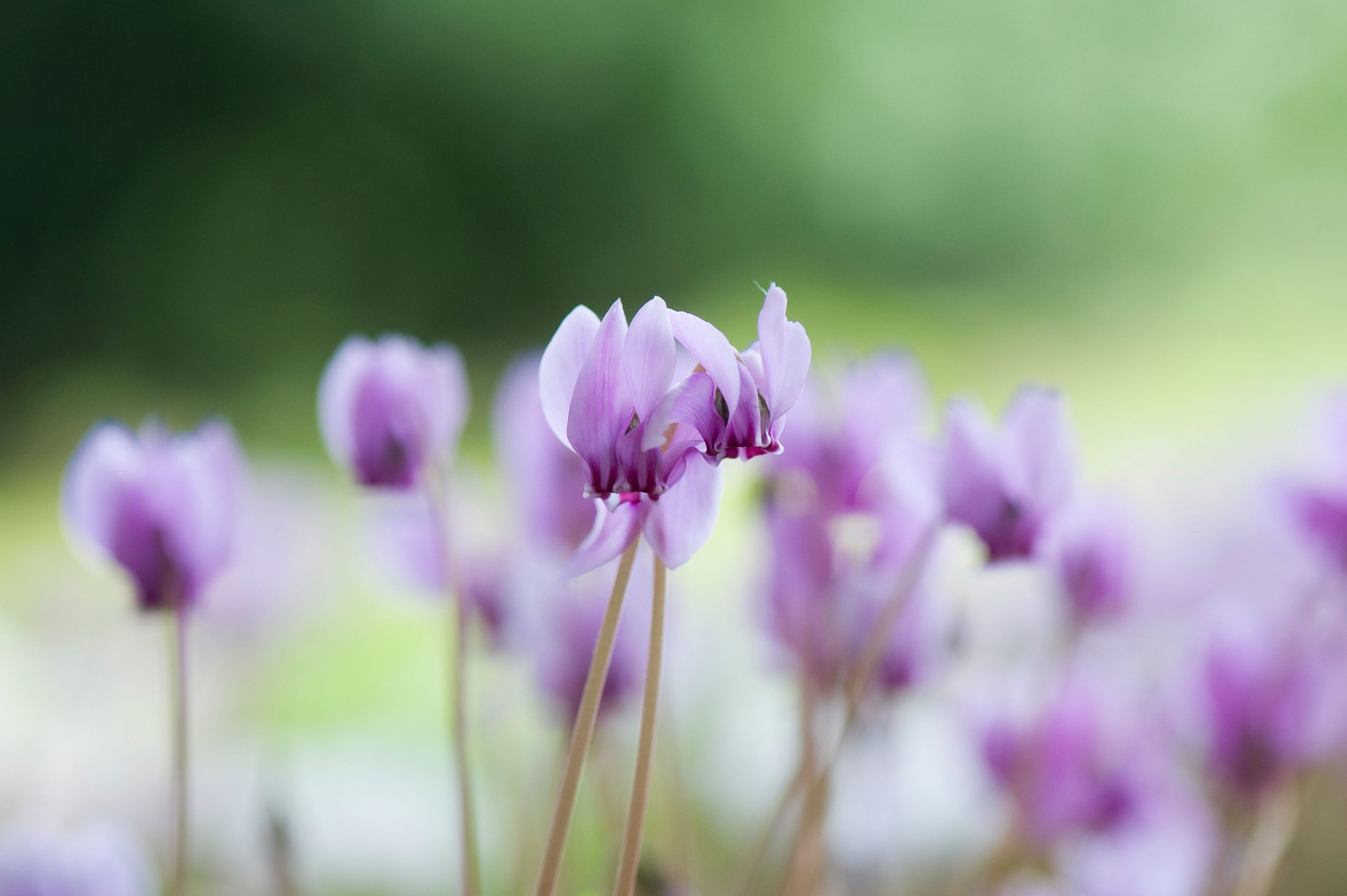

‘No sun, no moon, no morn, no noon… November.’ The words of the poet Thomas Hood seem to take on an especially dispiriting tone this year. The sodden leaves cling to our boots, the earth becomes intractable with moisture causing spades to weigh heavily on aching shoulders and the sun rises, takes one look at the earth below and decides, after dallying briefly, to sink from view. There are days when it is easy to see why fair-weather gardeners shut up shop until Easter.
And yet, and yet… I would not wish to garden full-time in the tropics, where hibiscus, oleander, bougainvillea and the like are in bloom all year round; where there is no discernible difference between the seasons. When the sun always shines and the temperature never fluctuates, where are the moments for one to take stock, settle down with a colourful catalogue or a laptop by a log fire and plan for next spring and summer? A world without autumn means a world without spring and I am not prepared to sacrifice the one for the other.
Besides, the autumn garden demonstrates the bravery — nay, foolhardiness — of some plants; those that decide to give their all when most other floral forces are spent. There are Michaelmas daisies that decline to open their flowers until after the festival itself on September 29. Some of mine were still in bud on that date, and, once open, how long they have lasted in a vase of water, interwoven with the iridescent starburst flowers of Nerine bowdenii in that gloriously warming shade of pink — another ludicrously tropical-looking flower that waits until summer’s end to show its colours.
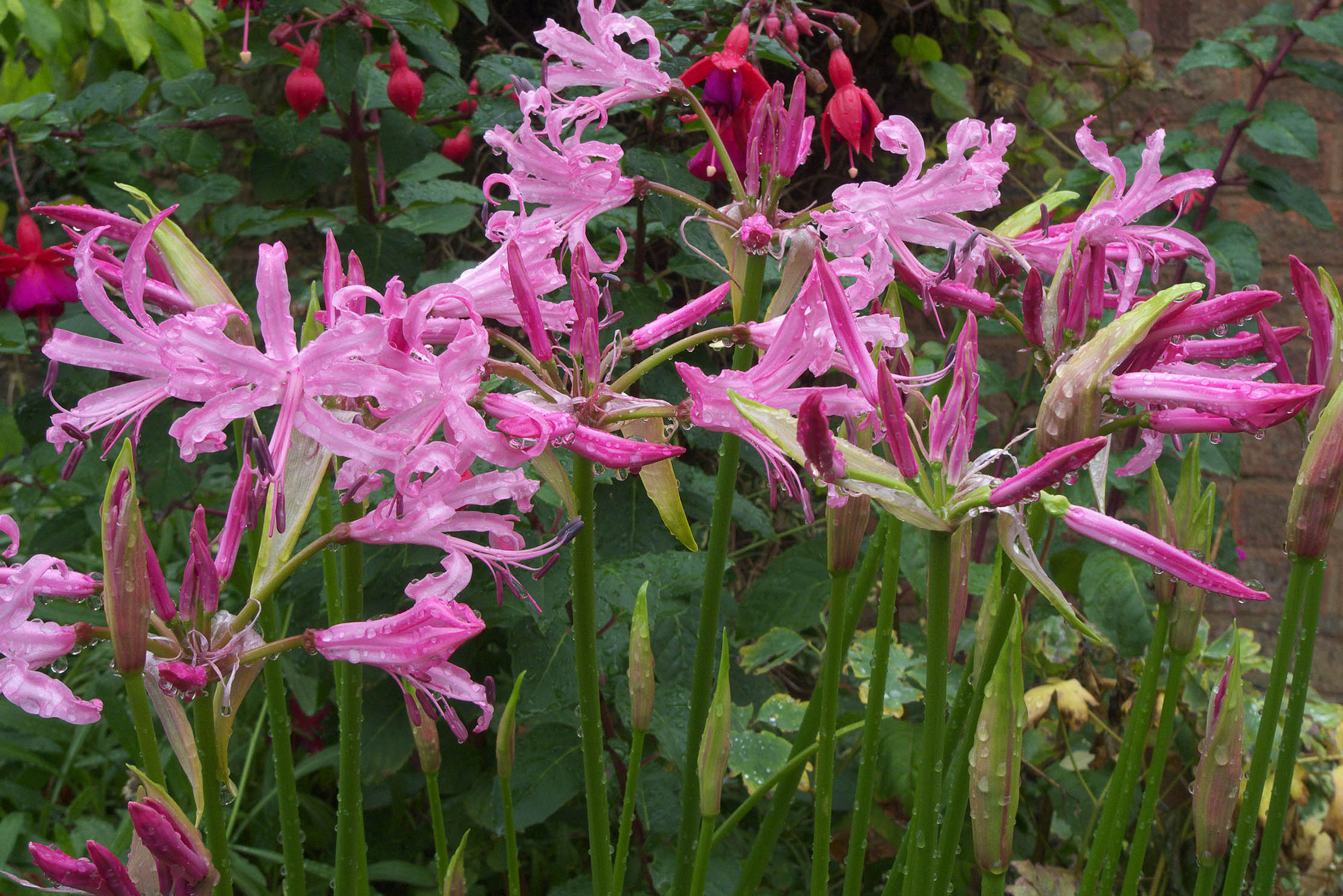
About 10 years ago, below a hedge of bamboos that rises above our brick-and-flint garden wall, I planted a swathe of Cyclamen hederifolium — tiny plants, raised in the UK rather than the gigantic dormant baps that will have been plundered from the wild in Turkish hills. For 10 months of the year, I hardly notice them, but now they have turned into a floral kilim in shades of pale and darker pink, sprinkled with the occasional white.
Each year when they come into bloom, I apologise to them for my lack of care and attention during their dormant season and pluck a handful of flowers to pop into a shot-glass on my desk where I can admire them close to. Dreary earth below shrubs can be transformed in autumn by their presence.
This year more than any other, our gardens have offered solace in a time when human company was in short supply. The vicissitudes of lockdown were eased by a greater intimacy with our patches of earth, be they pocket-hanky or stately acres.
But that was in spring and summer when the sun shone and warmed our backs, when the veg patch came into its own with daily offerings of fresh produce and our borders erupted with blossom as if they knew we needed cheering up.
Exquisite houses, the beauty of Nature, and how to get the most from your life, straight to your inbox.
As we head into winter with shorter days and bone-chilling temperatures, rain-sodden earth and tornadoes of leaves spiralling towards a leaden sky, how can our spirits be lifted by a squelching plot of loam? By closer examination, I reckon, and by planting for winter pleasure — witch hazels and snowdrops, mahonias and Cyclamen coum, the winter-flowering relative of C. hederifolium, which erupts into a floral carpet in December and January.
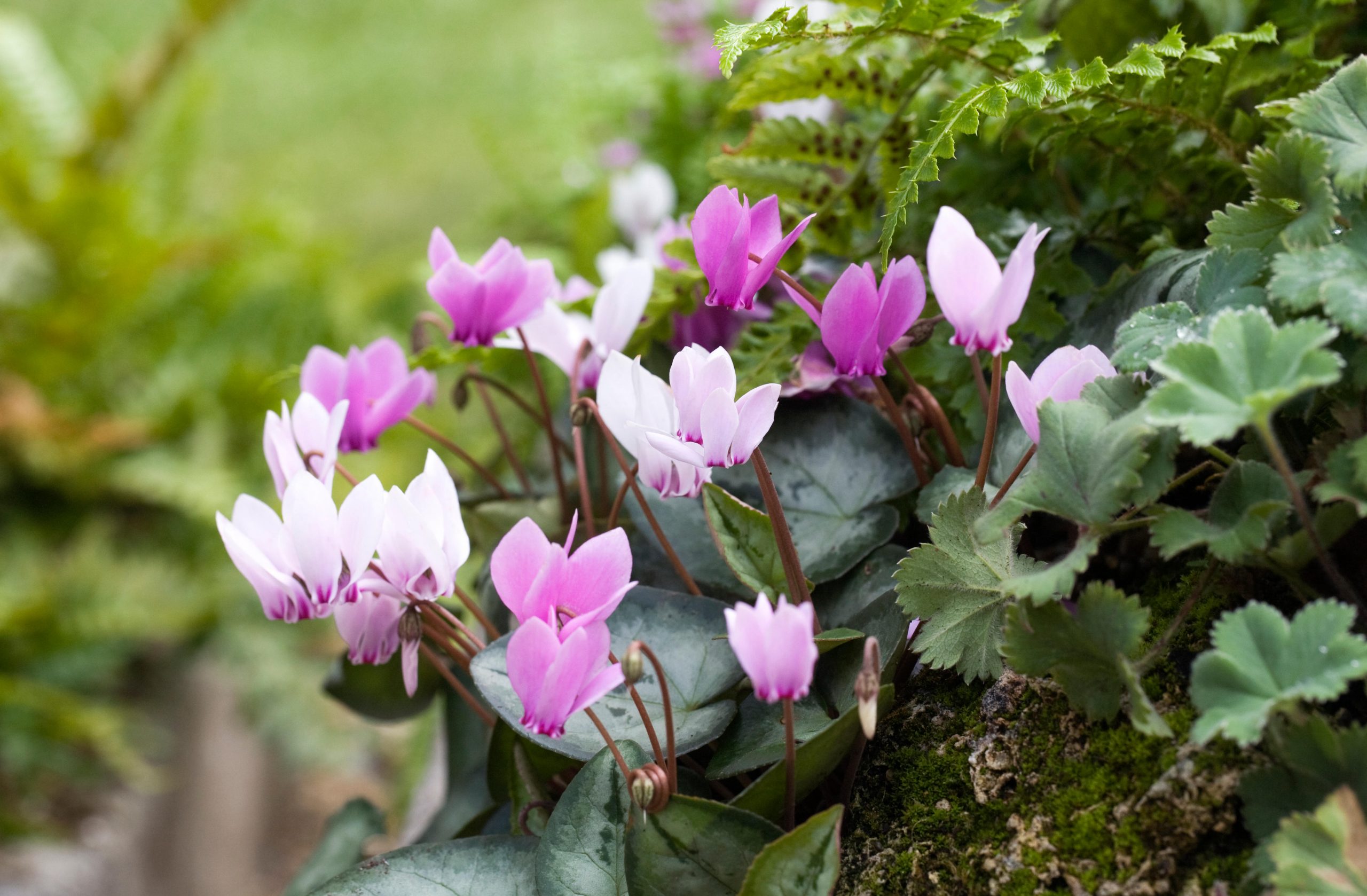
Mindfulness is a word of the moment, but a busy friend of mine found the prospect of staring at a raisin in the palm of his hand for a full 10 minutes more than his sanity could bear. I urged him to ditch the dried fruit and to gaze, instead, upon a fully laden pyracantha awash with orange berries; to observe the different tones of red in the fallen leaves of a Japanese maple and even to scoop up a handful of damp earth and inhale its rich organic aroma.
The garden is a place where ‘sometimes I sits and thinks, and sometimes I just sits’, but it can stir deeper emotions should we care to explore them. Autumn — when Nature slows down before the big sleep — offers us the time to notice things, to savour the sweet decay that fuels spring growth and to travel hopefully into those gloomy days, knowing there is light at the end of the tunnel and a chance for greater glories in 2021. It would be a shame to waste the opportunity.
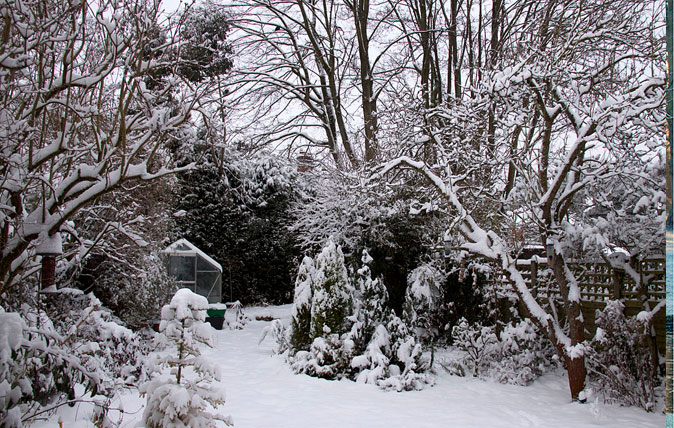
Credit: Tony Hisgett
Alan Titchmarsh: Don’t stop gardening in winter – start dreaming
Alan Titchmarsh takes a look at the joys and pains of gardening in the winter
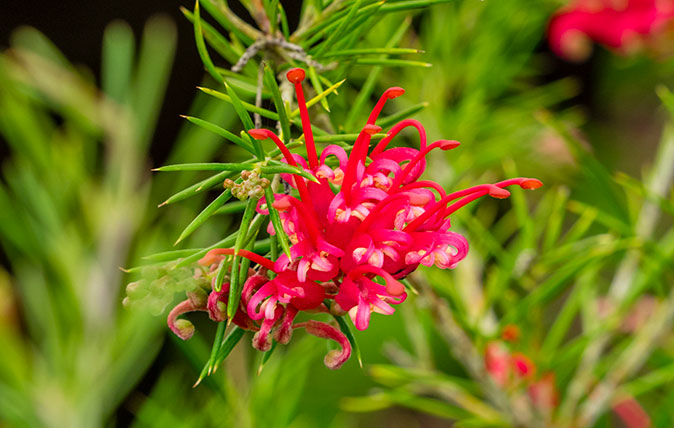
Credit: Garden World Images
Alan Titchmarsh: Grevillea, the winter flower which can stop you in your tracks
Alan Titchmarsh recommends an import from Down Under which is capable of making a remarkable splash in a British winter
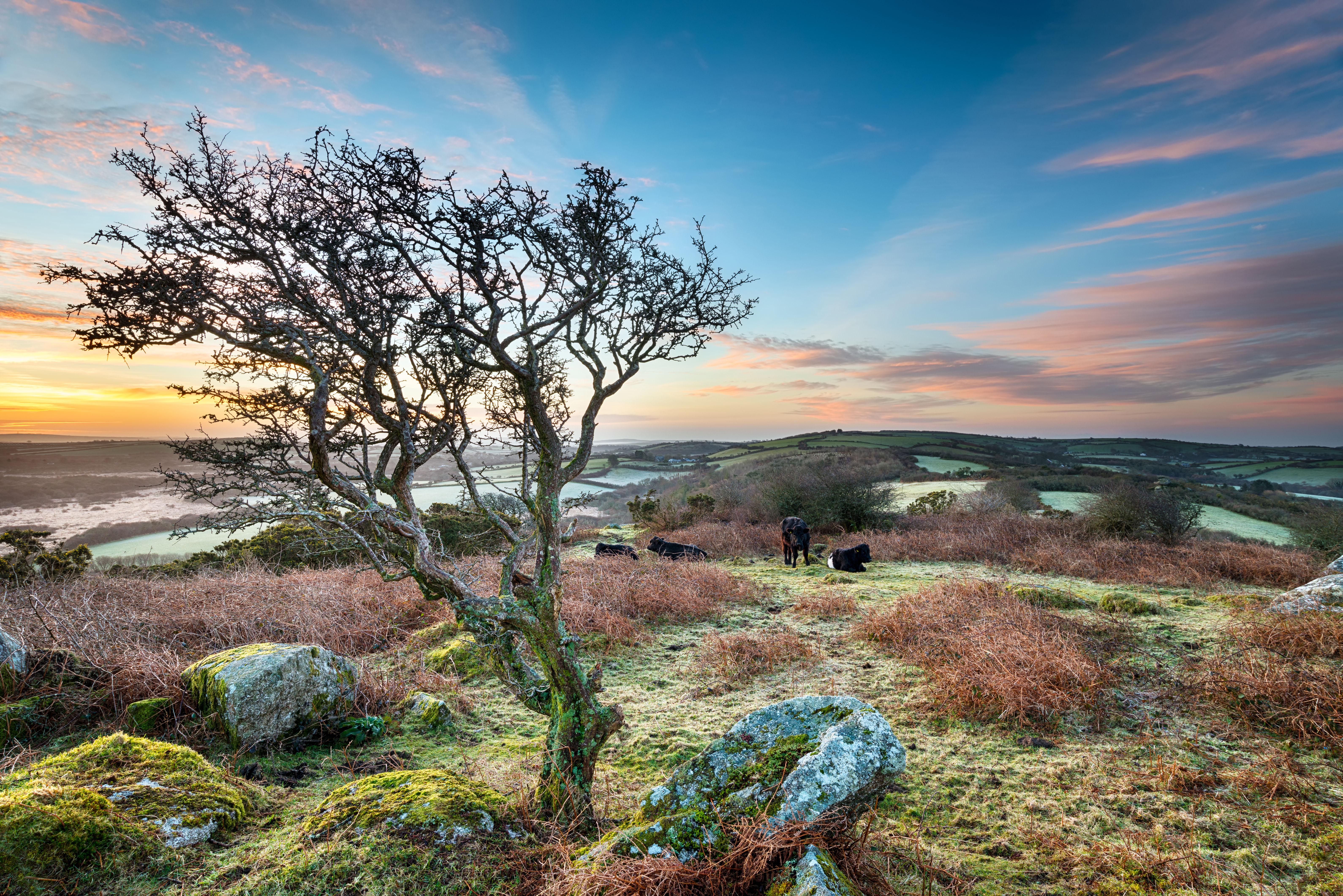
Alan Titchmarsh: The joy of identifying trees in winter from the merest scrap of twig
Our columnist Alan Titchmarsh gives thanks for the tough training he received half a century ago – and how it
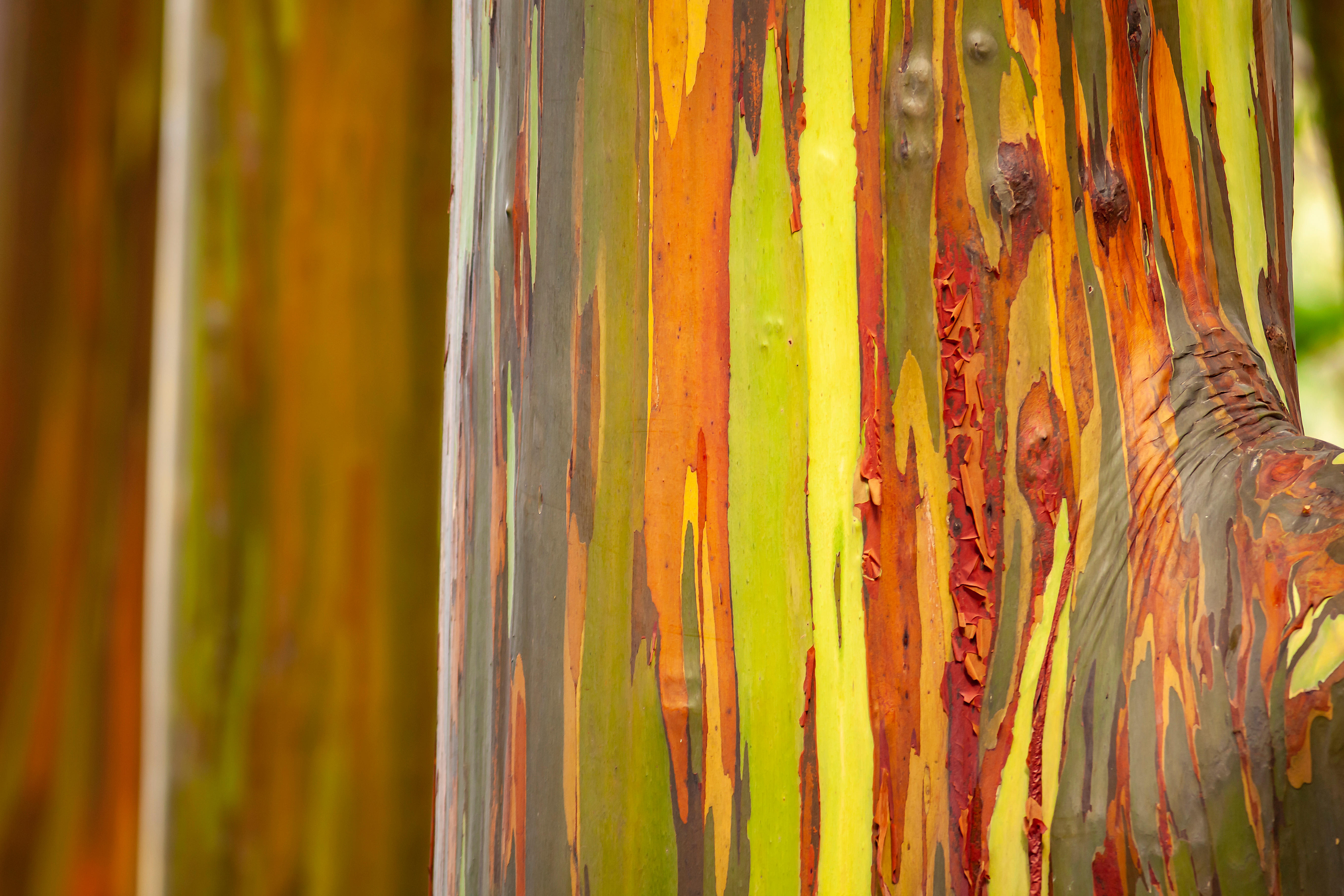
Alan Titchmarsh: The stunning midwinter trees whose bark is better than their bite
Our columnist Alan Titchmarsh chats through the winter plants which will light up your garden like fireworks.
Alan Titchmarsh is a gardener, writer, novelist and broadcaster.
-
 The eclectic New York townhouse that Lily Allen sings about in her new, headline-making album is for sale
The eclectic New York townhouse that Lily Allen sings about in her new, headline-making album is for sale381, Union Street is on the market just days after the singer’s latest album details the alleged infidelity in her marriage.
-
 When did the Titanic sink and other questions. It's the Country Life Quiz of the Day, October 29, 2025
When did the Titanic sink and other questions. It's the Country Life Quiz of the Day, October 29, 2025Test your general knowledge in Wednesday's quiz.
